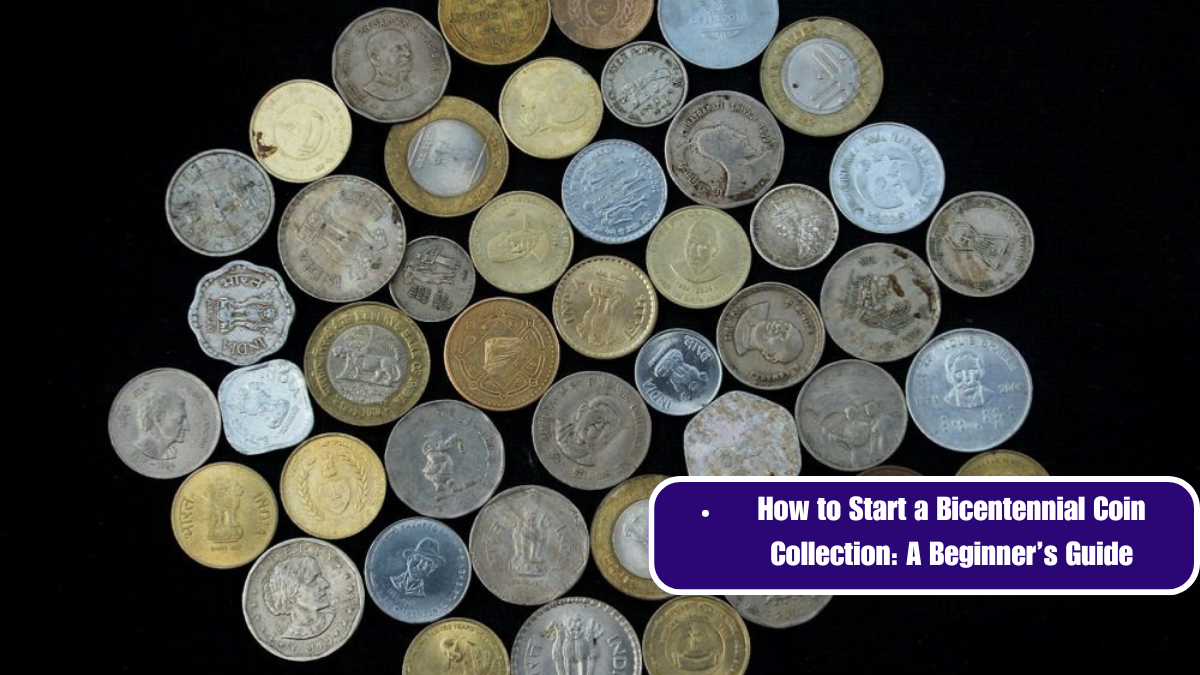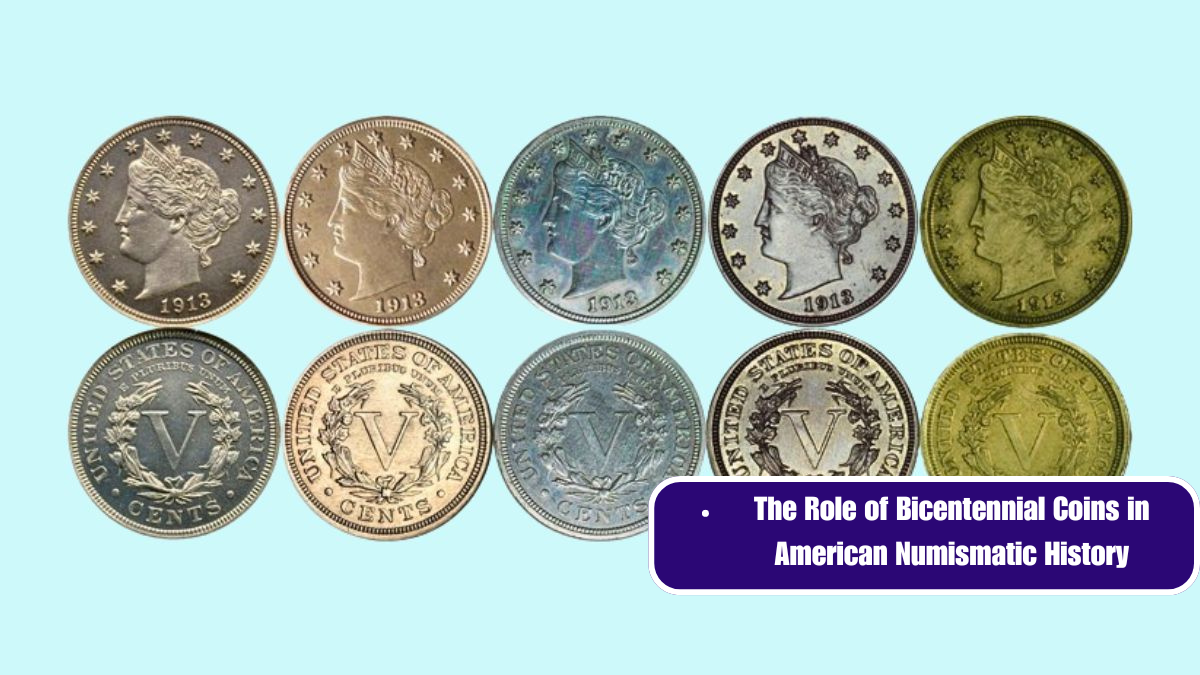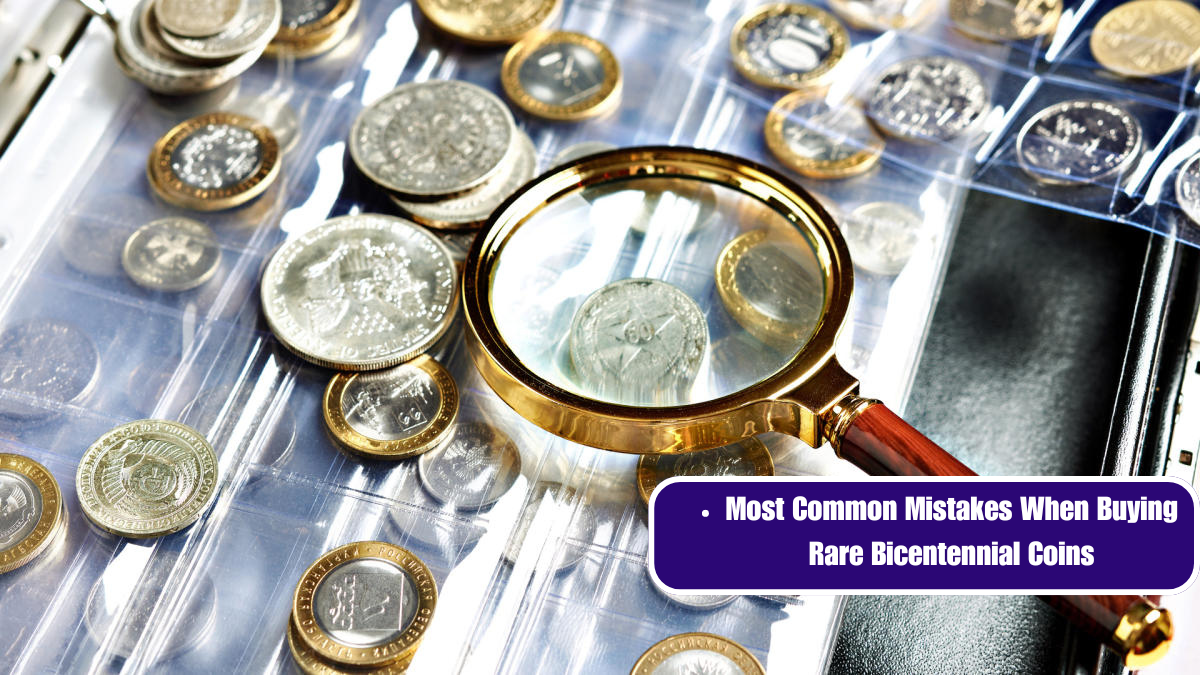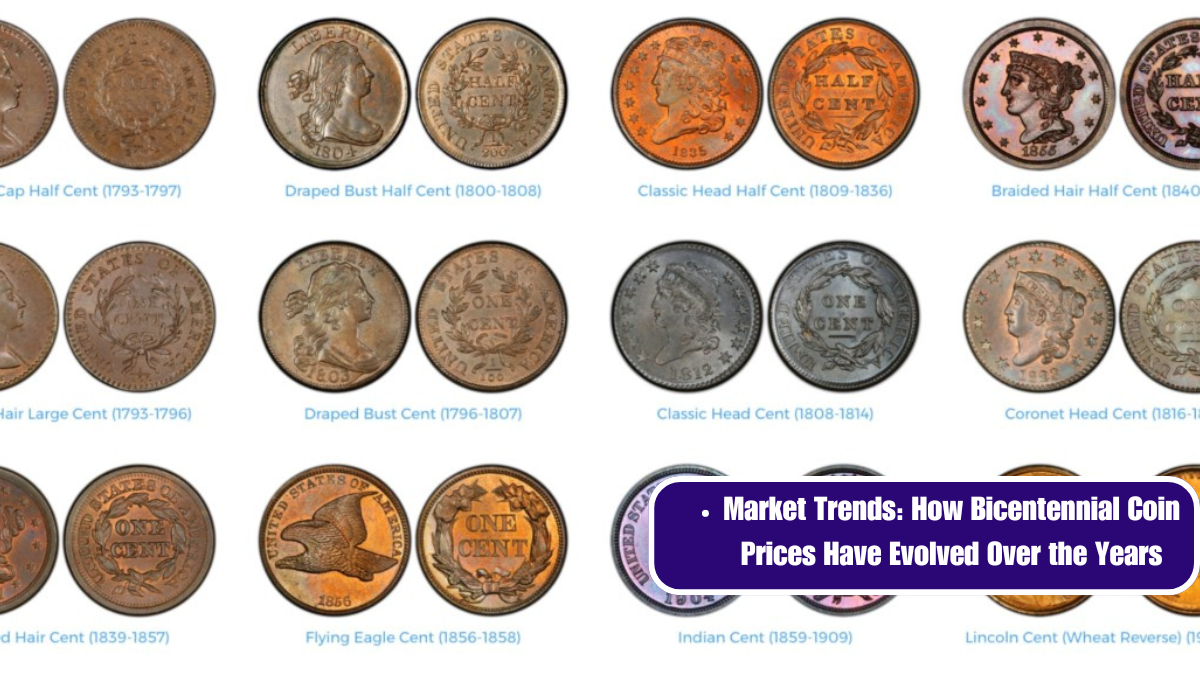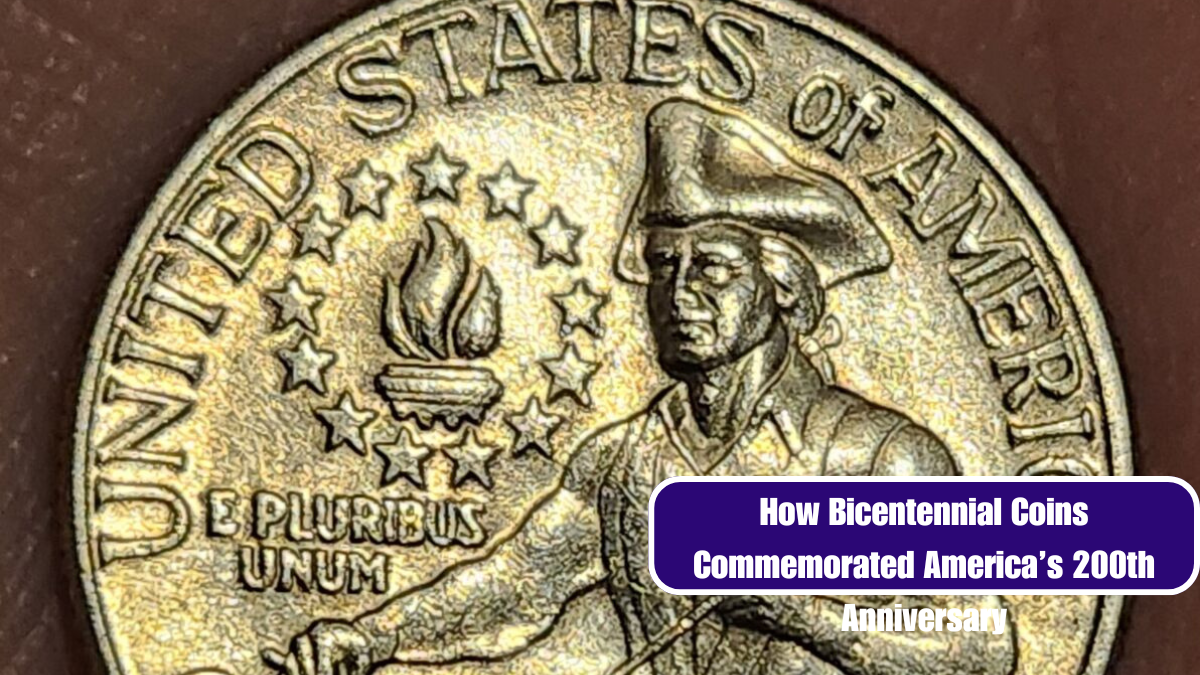The United States Bicentennial in 1976 was a milestone event that marked 200 years since the Declaration of Independence. To commemorate this historic occasion, the U.S. Mint played a crucial role in creating a series of special coins, making them a significant part of American numismatic history. These Bicentennial coins were not only a reflection of the nation’s pride but also a testament to the U.S. Mint’s dedication to celebrating American heritage through coinage.
A Commemorative Celebration
The U.S. Mint’s involvement in the Bicentennial celebration was part of a broader effort to mark the 200th anniversary of the nation’s founding. The Bicentennial coin program was unique as it was the first time in American history that the designs of circulating coins were changed to honor a historical event. The program included the quarter, half dollar, and dollar coins, each with distinctive designs to celebrate the occasion.
Design and Production
The process of designing and producing the Bicentennial coins involved several key steps:
- Design Selection: In 1973, the Treasury Department announced a design competition for the Bicentennial coins. The winning designs were selected through a rigorous process, with artists and engravers working closely to ensure that the coins reflected the spirit of the Bicentennial. The designs were created by three different artists: Jack L. Ahr, Dennis R. Williams, and Elizabeth Jones.
- Quarter: The Bicentennial quarter featured a reverse design by Jack L. Ahr, which depicted a colonial drummer and the inscription “200 YEARS OF FREEDOM.” This was a departure from the traditional eagle design that was used in previous years.
- Half Dollar: Dennis R. Williams designed the reverse of the Bicentennial half dollar, which showcased the Liberty Bell superimposed on the moon. This was a powerful symbol, representing both the historical significance and the progress of the nation.
- Dollar: The Eisenhower dollar, designed by Elizabeth Jones, was issued with a reverse that featured a depiction of the Liberty Bell superimposed on the moon. The dual imagery symbolized both the nation’s historical heritage and its achievements in space exploration.
Production and Distribution
Once the designs were finalized, the U.S. Mint faced the challenge of producing and distributing the Bicentennial coins. The coins were struck in various denominations and were available in both circulation and collectible forms. Special production methods were used to ensure high quality and consistency in the coins.
- Circulating Coins: The Bicentennial coins were released into circulation in 1975 and 1976, and they quickly became popular among collectors and the general public. They were widely circulated, making them a common sight in everyday transactions.
- Collector’s Editions: To cater to numismatists and collectors, the U.S. Mint also produced special proof sets and uncirculated coin sets. These sets were packaged in attractive presentation boxes and became highly sought after by collectors.
Legacy and Impact
The Bicentennial coin program left a lasting legacy in American coinage history. The coins were not only a celebration of the nation’s past but also a symbol of American innovation and pride. The unique designs and widespread distribution ensured that the Bicentennial coins became an integral part of the nation’s cultural heritage.
The success of the Bicentennial coin program demonstrated the U.S. Mint’s ability to produce commemorative coinage that resonates with the public and honors significant national milestones. The Bicentennial coins continue to be cherished by collectors and history enthusiasts, serving as tangible reminders of America’s rich history and the 200th anniversary of its independence.
The U.S. Mint’s role in creating the Bicentennial coins was pivotal in celebrating the nation’s 200th anniversary. Through thoughtful design, meticulous production, and wide distribution, these coins became an enduring symbol of American heritage and pride. They not only commemorate a significant historical event but also highlight the U.S. Mint’s dedication to preserving and celebrating American history through its coinage.






